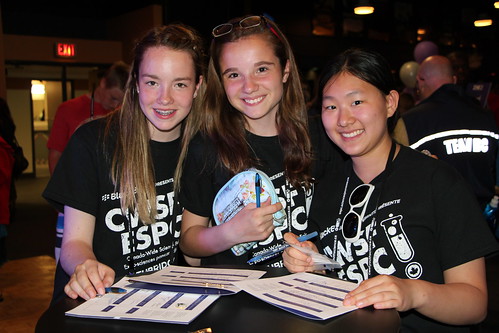The DNA bar code sequences of the first prairie plant with anti-cancer properties will be available on 8 March 2015 in a scientific public data base. You are likely familiar with the barcodes of items that we purchase, such as food, books, or clothing. A DNA bar code is the name given to specific DNA sequences of the plant genome. These sequences are conserved within a plant species and differ to sequences from the same genomic region from other species. By acquiring the DNA sequences from these regions, one can later distinguish plants from one another by looking at this DNA sequence.
We sequenced two DNA barcode regions from the plant Thermopsis rhombifolia, locally known as the Buffalo bean. The barcodes correspond to the ITS region, which includes the 5.8S ribosomal RNA gene, and the psbA-trnH intergenic spacer, which includes the partial sequence of the tRNA for histidine. These sequences are available in the National Center for Biotechnology Information (NCBI) Genbank database, and can be consulted for free by anyone with an internet access. The accession numbers are KP861904 and KP861905.
In the future, these sequences can be compared to those of other plants, usually ones of the same genus, Thermopsis. We are planning to expand our choice of barcode sequences from two to three to provide higher resolution of the genetic relationship between plant species. We are also applying this approach to the other plant species that have anti-cancer properties in the prairie ecological zone. In this way we will meet the goal of the Prairie to Pharmacy Program by identifying, characterizing, and sharing the scientific knowledge of the medical properties of plants from the prairies.
 |
| This is the barcode for the book "Plants and the Blackfoot" by Alex Johnston. |








